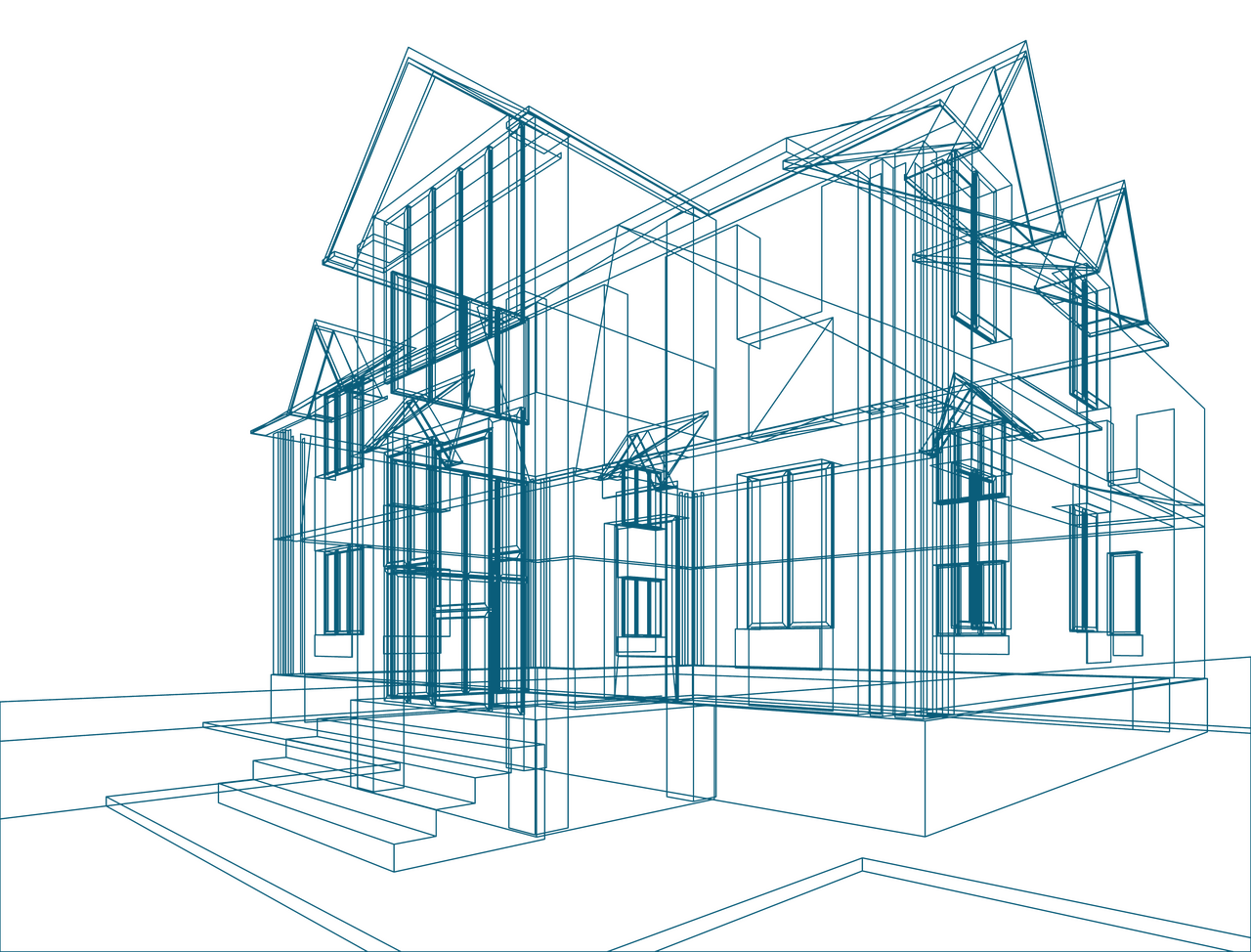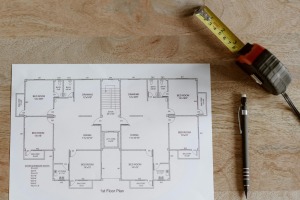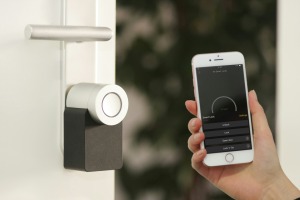


News I published 15 June 2023
Greater energy savings stimulate the installation of smart products the most
It seems that everyone is currently focused on energy savings, and rightfully so. On one hand, the increasingly urgent climate issues fuel the search for sustainable alternatives to fossil fuels. At the same time, the Russian war in Ukraine has highlighted important geopolitical reasons to reduce dependence on gas and oil. The result is painfully evident in the energy bill, leading to a desire to save on or utilize alternative energy sources.
This trend of reducing energy consumption and moving away from fossil fuels is clearly visible in the installation industry. For example, among European installers, we see a significant increase in the installation of heat pump systems. However, there are other smart ways to reduce energy consumption and costs. As the European Mechanical Installation Monitor by USP Marketing Consultancy shows, installers are increasingly installing smart products to save energy.
Smart thermostats and zoned heating and cooling systems are popular
In six European countries, we asked HVAC installers and plumbers involved in the installation of smart products which smart products they have already installed. Nearly nine out of ten have installed smart heating system components, such as smart thermostats. Smart products for zoned heating or cooling come in second place. These two categories are also the products that installers have seen the highest demand for.
Smart thermostats provide more insight and control over energy consumption and can save a significant amount of energy based on timing. These thermostats offer a more efficient way to keep your home comfortable when you need it, while also ensuring you don’t waste energy on comfort when you’re not home to enjoy it. Zoned heating goes a step further by regulating which rooms in your home are made comfortable based on usage.
Saving energy is the primary reason for installing smart products
Therefore, smart thermostats and zoned heating have the potential to reduce energy consumption by increasing efficiency. The energy-saving features of smart products and systems are significant drivers for end-users to have them installed. Smart installation products can also provide more comfort, control, and overview, but according to the installers, their customers primarily ask for smart products because of their energy-saving potential.
Four out of ten installers even cited higher energy savings as the main driving force for customers to ask for smart solutions. To put that in context, increasing comfort, the second most common reason, was only mentioned by a quarter of the installers, followed by other motivations such as control and monitoring. Customers usually have energy savings in mind when they ask installers for smart solutions.
Customer demand is the primary driver for smart solutions
There are many reasons for installers to recommend and install smart products. Installers may believe that smart buildings are the future or find that smart products are easy to install and connect. They may also recommend smart products because they see clear benefits for end-users. However, the main reason why installers install smart products is the high demand from their customers.
Half of the installers involved in the installation of smart products named customer demand as the main reason to be involved. And as mentioned earlier, in these times of rising energy prices, end-users often have energy savings in mind when they ask for smart solutions. For a more detailed overview of the experience and attitude of installers regarding the installation of smart products in six European countries, we refer you to the European Mechanical Installation Monitor by USP Marketing Consultancy.

Read more


16 October 2024 I Henri Busker
The Building Blocks of Prefab: Key Materials


11 October 2024 I Dirk Hoogenboom
Rethinking European Construction: Prefab Trends


24 September 2024 I Jeroen de Gruijl
Blockchain, AI, AR and IoT – Architects’ Outlook


24 September 2024 I Dirk Hoogenboom
Future Developments in Construction Still Far Away

Fresh Insights Await
Our latest reports
Delve into the newest findings across various market segments, crafted for a cutting-edge overview. Explore our latest reports, brimming with up-to-date data, trend analyses, and in-depth examinations, all tailored to provide you with a comprehensive understanding of the current market dynamics.
Construction
Home Improvement
Installation
Special reports
Construction
Prefab H1 2024
2024 63 pages
Discover the adoption rate and benefits of prefabrication technology among European contractors in H1 2024. Understand the driving forces behind prefab usage and its impact on project efficiency and cost-saving.
6,300 Euro
Construction
Sustainability 2024
2024 72 pages
Painter Insight Monitor 2024 will focus on understanding the specific needs, preferences, and challenges faced by painters when it comes to sustainable products.
10,815 Euro
Construction
Importance of branding & branding funnels 2024
2024 62 pages
This report offers a comprehensive overview of importance of branding and branding funnels with a specific focus on European handymen. Brand behaviour is covered for each country, showing purchasing power, differences regarding quality, sustainability, online shopping, innovation-habit and private labels,
8,400 Euro
Construction
Future of construction Q2 2024
2024 82 pages
Explore the evolving future in construction sector among European architects in Q2 2024. Delve into the factors driving material preferences and the impact on construction aesthetics and sustainability.
1,850 Euro
Construction
Trends in material usage Q1 2024
2024 102 pages
Explore the evolving trends in material usage among European architects in Q1 2024. Delve into the factors driving material preferences and the impact on construction aesthetics and sustainability.
1,850 Euro
Construction
Media orientation H2 2021
2024 161 pages
Explore the media engagement patterns of contractors to optimize your marketing strategies. Dive into a pool of insights that unveils how contractors interact with different media channels.
6,300 Euro
Home Improvement
Purchase channels Q2 2024
2024 90 pages
The European Home Improvement Monitor offers valuable insights on purchase channels in the European home improvement industry, examining the evolving preferences and behaviors of consumers across traditional retail and emerging online platforms.
3,150 Euro
Home Improvement
Sustainability Q1 2024
2024 81 pages
Delve into sustainability trends in the home improvement sector in Q1 2024. Discover consumer preferences and the shift towards eco-friendly home improvement solutions.
3,150 Euro
Home Improvement
DIY versus DIFM Q4 2021
2024 113 pages
This report is a must-have if you’re in the home improvement industry. It provides a wealth of information on the behaviour of DIY and DIFM consumers, their motivations, and the factors that influence their purchasing decisions.
3,150 Euro
Home Improvement
DIY or DIFM Q4 2023
2024 70
Explore the prevailing trends between DIY and DIFM in Q4 2023. Understand consumer preferences and the factors influencing their choice between DIY and DIFM.
3,150 Euro
Home Improvement
Branding Q3 2023
2023 93 pages
This report offers an extensive overview of the home improvement industry, with a focus on branding and the most popular brands within different categories. Within this report, you will gain insights into how customers perceive home improvement brands and what motivates them to buy certain products.
3,150 Euro
Home Improvement
Purchase channels Q2 2023
2023 114 pages
The European Home Improvement Monitor offers valuable insights on purchase channels in the European home improvement industry, examining the evolving preferences and behaviors of consumers across traditional retail and emerging online platforms.
3,150 Euros
Installation
Smart & Connected Products Q2 2024
2024 120 pages
This report provides a comprehensive view of the attitudes of installers toward smart building solutions, specifically among electrical installers and their clients. In the report, you will find insights into the installers' experiences with installing smart products and the willingness of end users to invest in such solutions, as well as their motivations and pain points.
3,150 Euro
Installation
Smart and connected products Q2 2024
2024 129
This report provides a comprehensive view of the attitudes of installers toward smart building solutions, specifically among HVAC installers, plumbers and their clients. In the report, you will find insights into the installers' experiences with installing smart products and the willingness of end users to invest in such solutions, as well as their motivations and pain points.
3,150 Euro
Installation
BIM Q1 2024
2024 84 pages
The European Mechanical Installation Monitor report provides a detailed analysis of the plumbing and HVAC industry. This report specifically focuses on BIM adaptation in the industry.
2,650 Euro
Installation
Sustainability Q1 2024
2024 99 pages
The European Electrical Installation Monitor report provides a detailed analysis of the sustainable solutions in the installation industry. This report specifically focuses on sustainability aspects in the industry.
3,150 Euro
Installation
Challenges toward sustainable future Q4 2021
2024 111 pages
2,650 Euro
Installation
Purchase channels Q4 2021
2024 106 pages
Delve into the training needs within the electrical installation sector. Understand the areas requiring skill development to meet the evolving demands of the industry.
3,150 Euro
Special reports
European Sustainability Report 2024
2024 51 pages
This report provides in-depth insights based on triangulation of key market information and data as well as data from USP Marketing Consultancy’s key monitors that are carried out year in, year out. The focus of this report is on the most important stakeholders within the construction industry, namely architects, contractors, electrical and HVAC installers within The United Kingdom, The Netherlands, Belgium, Germany, Poland, France, Italy, and Spain.
3,950 Euro








